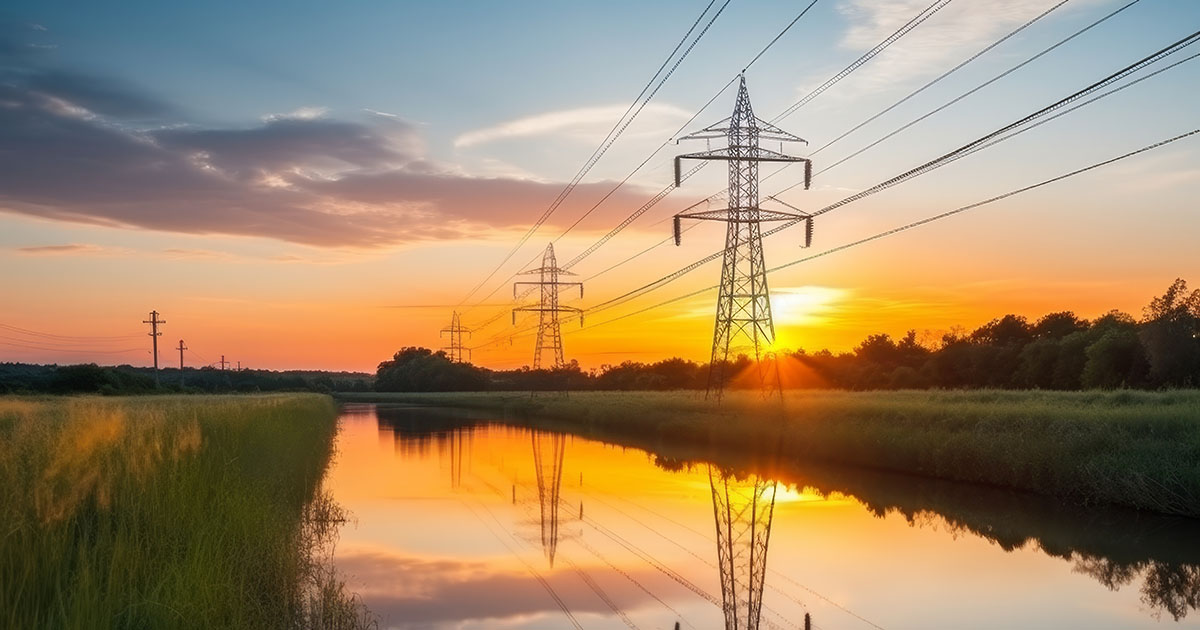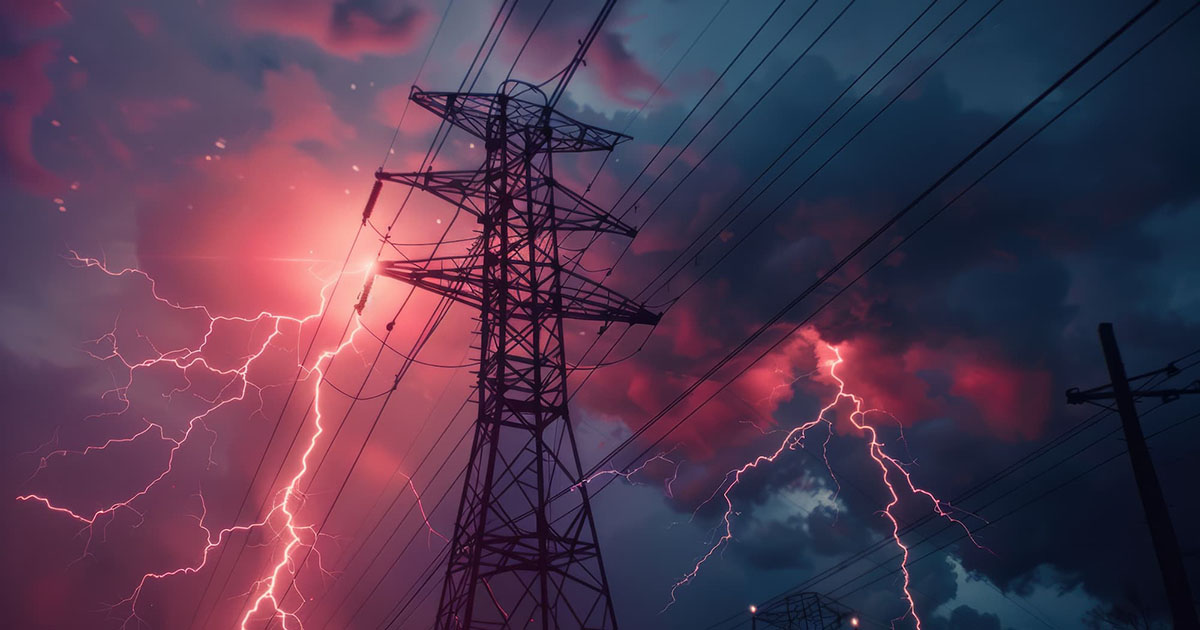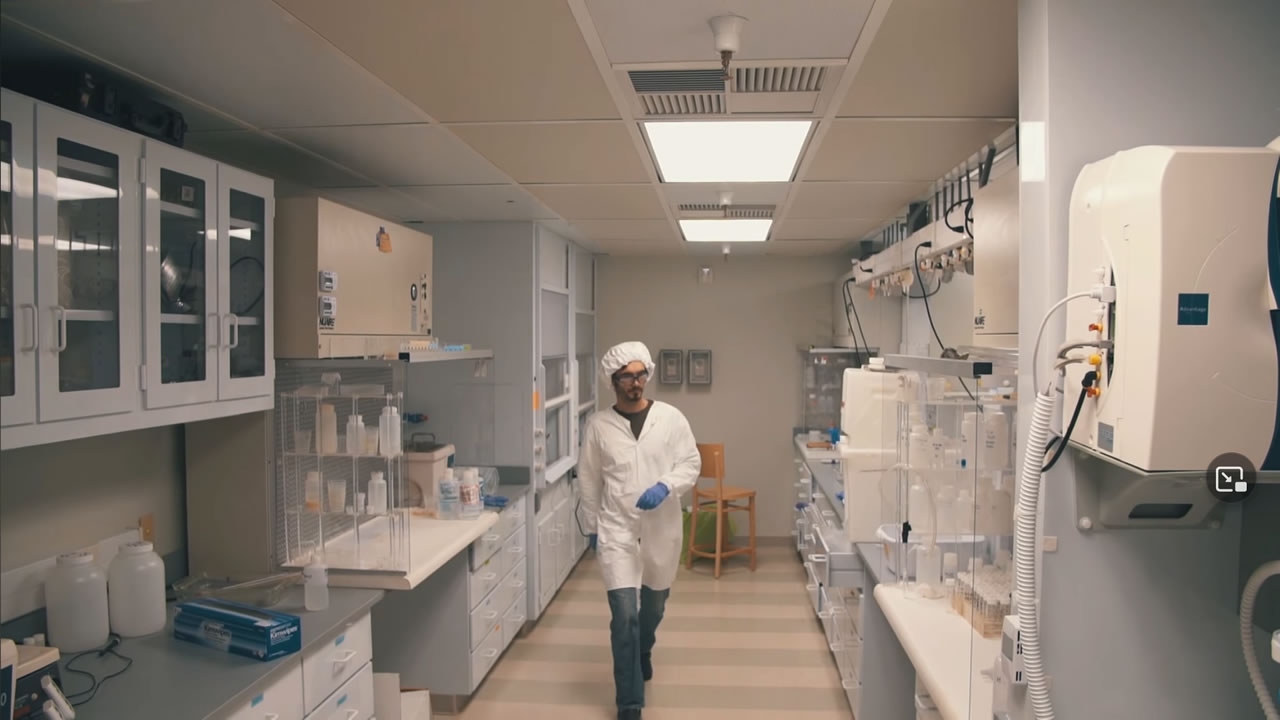Energy-Efficient Schools for Higher Education
Energy-efficient schools rely on reliable, clean, and cost-effective energy solutions to reduce energy consumption, ensure uninterrupted operations, and support a sustainable future. With scalable technologies like microgrids and renewable energy systems, colleges and universities can lead the way in green campus initiatives.
Higher Education at a Glance
College campuses have diverse facility infrastructures with unique characteristics and varied energy needs.
Environmental stewardship on-campus is the responsibility of all university stakeholders, as universities strive to function as models of sustainable communities by implementing clean energy projects and adopting green campus initiatives.
However, one of the biggest challenges colleges and universities face is unpredictable enrollment. As a result, they require flexible, scalable energy infrastructure to adjust their on-site resources effectively while mitigating risks from rapidly increasing grid electricity costs.
Generating clean, reliable power directly on campus is an instrumental piece in helping colleges and universities achieve their mission of educating students and representing thought leadership.
Quick Facts About Higher Education
- Data from the U.S. Energy Information Administration reveals that colleges use approximately 18.9 kilowatt-hours (kWh) of electricity and 17 cubic feet of natural gas per square foot of building space annually. For a typical 50,000-square-foot campus building, this translates to over $100,000 in energy costs each year. 1
- A survey by the Association for the Advancement of Sustainability in Higher Education (AASHE) reports that 85% of respondents believe it’s at least somewhat important for their campus to prioritize sustainability, highlighting the growing demand for colleges to enhance sustainability efforts. 2
- 45% of students consider environmental efforts when evaluating colleges, showing their role in attracting prospective students. 2
How Energy-Efficient Schools
Overcome Energy Challenges
Mitigating Risk
U.S. grid outages have increased by 60% over the past decade. Colleges and universities are increasing preparedness so that when the time comes, they can continue full operations and be safe, reliable anchors for their communities. Many energy-efficient schools are turning to microgrids to ensure reliable power during outages and enhance energy resilience.

Resilient Solution
Bloom can operate independently of the grid. Because fuel is received through the underground pipeline system, they are significantly less susceptible to the impacts of extreme weather, enabling safe, continuous operation and avoiding costly consequences of unplanned downtime. In critical times, emergency power ensures energy-efficient schools can maintain full functionality.
Lowering Emissions
Given the mixed-use nature of campus buildings, strategic energy initiatives primarily focus on lowering consumption through efficiency and conservation efforts – both critical to reducing overall GHG emissions. Many higher education institutions are also prioritizing decarbonization as a key part of their sustainability goals.

Sustainable Solution
Fuel cells generate electricity through an electrochemical process rather than combustion. This avoids emitting harmful criteria air pollutants that cause severe respiratory diseases and poor air quality worldwide. Fuel cells reduce carbon emissions compared to the grid and combustion-based technologies and are also fuel-flexible with the ability to run on biogas or hydrogen for carbon-neutral emissions options. They form an integral part of a green energy system, supporting schools in their journey to sustainability.
Controlling Costs
Many colleges and universities have tight operating budgets, so it’s especially important to find low- or no-cost ways to reduce expenses. Traditional electricity delivered from the grid exposes institutions to fluctuating prices that make budgets difficult to achieve.

Predictable Solution
In addition to avoiding outage-related costs that can reach millions of dollars, Bloom’s solution enables customers to hedge against volatility and price escalation by fixing a large portion of their electricity cost, providing multiple financing options and flexible term lengths. Bloom’s solutions provide fast time-to-power, enabling schools to restore operations quickly and efficiently when immediate deployment is required.
Energy-Efficient Schools FAQs
How can schools be made energy-efficient?
Creating energy-efficient schools involves improving insulation, upgrading to energy-efficient lighting, optimizing HVAC systems, and using smart building technologies to monitor and manage energy consumption. Schools can also invest in on-site power generation, such as microgrids or hydrogen fuel cells, to enhance efficiency, reliability, and cost savings. Bloom Energy offers scalable solutions to help schools meet these goals while supporting sustainability initiatives.
What is the best energy source for a school?
The best energy source for a school depends on its specific needs, but renewable energy options like solar, wind, and biogas are excellent choices. For energy-efficient schools, combining renewables with clean, reliable technologies like hydrogen fuel cells ensures consistent power and reduces emissions. Bloom Energy’s systems integrate with renewables to deliver efficient, low-emission power tailored to a school’s requirements.
What is a net zero school?
A net zero school is one that produces as much energy as it consumes over a year. This is typically achieved through a combination of energy-efficient designs, renewable energy sources like solar or wind, and technologies that minimize waste. These schools not only reduce their environmental impact but also play a vital role in building a clean energy future.
Higher Education Resources
Time to Power: Hydrogen Fuel Cells and the Future of Onsite Power Solutions
September 18, 2024
The Critical Role of Emergency Power for Cities, Businesses, and Nations
September 5, 2024
Bloom Energy Powers Caltech with Fuel Cell Technology
December 2022



